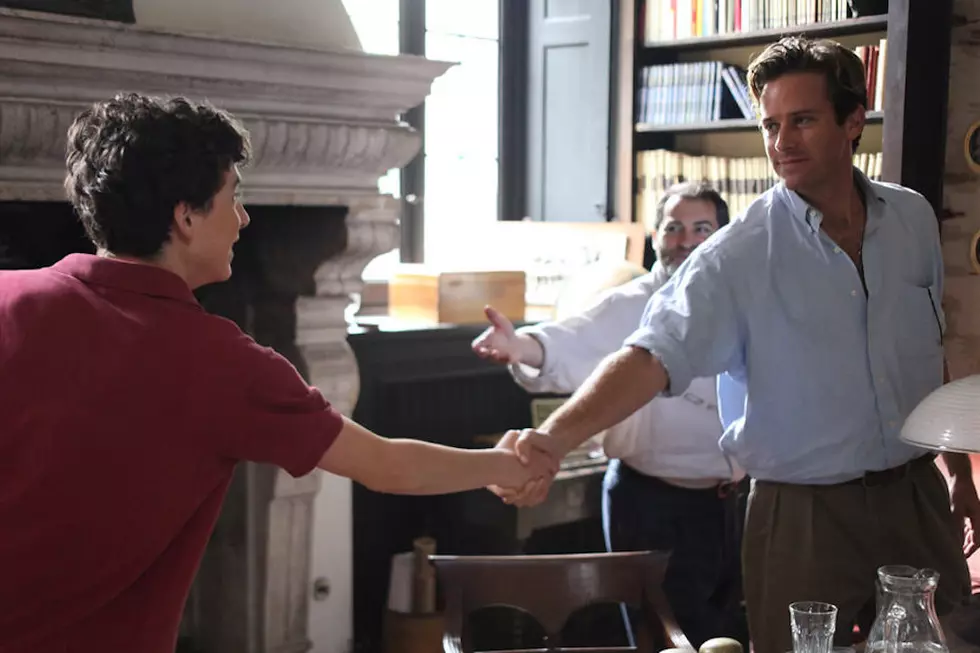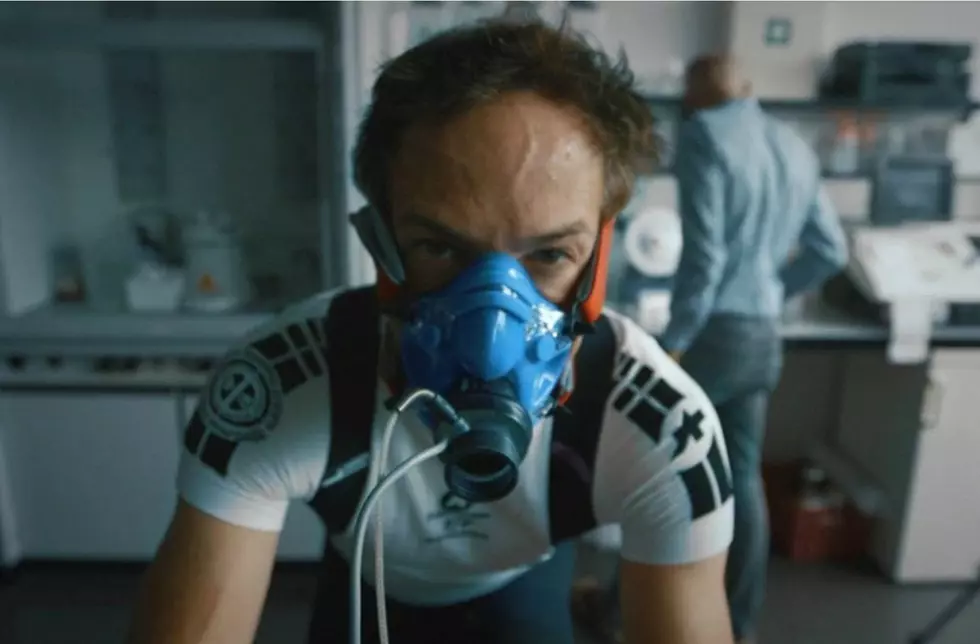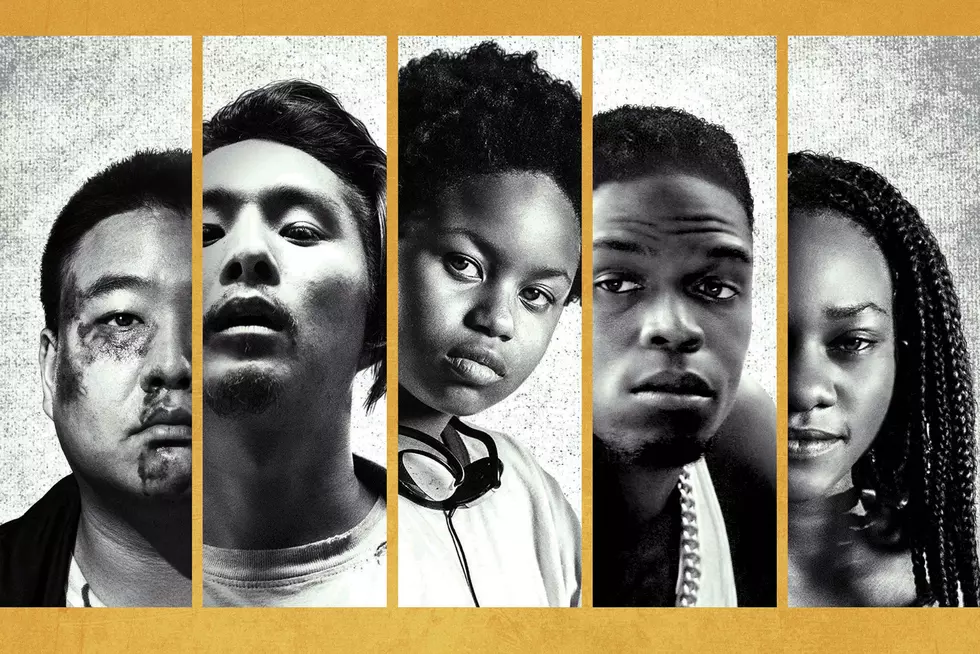
‘White Girl’ Review: An Unflinching Look at Young White Privilege in Gentrified NYC
As soon as I left the theater, still shaken from Elizabeth Wood’s White Girl, I Googled the title of the film see what else the filmmaker has done. My finger must have slipped on the Google Search recommendations, as the results for “white girl wasted” popped up. I looked down at the Urban Dictionary definition highlighted at the top, a description that only just begins to capture the perilous, puerile destruction that can be known among, and willingly created by, a young demographic often found at New York City bars and clubs.
White Girl opens with two college girls — one platinum blonde and one redhead, both white — parking their moving van in front of their new Ridgewood apartment. A group of Puerto Rican guys hanging on the stoop next door watch them, commenting as the girls unload their furniture. Leah, played by a great Morgan Saylor (Homeland) and her roommate Katie (India Menuez) light a joint and complain about living off the M train and the long commute to their unpaid summer internships. Eventually Leah befriends Blue (Brian ‘Sene’ Marc), a drug dealer with a good heart and the alpha among the neighborhood boys. The two fall for each other, perhaps in love for him and in thrills for her, until a drug deal gone wrong lands Blue in jail with his third strike. Leah then takes it upon herself to help Blue by getting him a high-end laywer (Chris Noth). The stark drama follows these two intertwined lives, a boy and a girl from different socio-economic and racial backgrounds, not as a star-crossed lovers tale, but a story of how one drug can bring people together and destroy them in vastly different ways.
Before things take a very sharp turn for the worse, we see Leah smoke weed and drink beer with her friends. An incoming college sophomore, she spends her summer interning at a Paper Mag-esque art publication called Bad Mag. There, her boss Kelly (Justin Bartha), a cocky rich white guy, invites her into his office to snort a couple lines of coke and give him a blow job. This is the scene where we meet our film’s titular protagonist: cocaine. Wood’s semi-autobiographical film is partially about Leah, a well-off girl who moved to New York to study “writing, and liberal arts” with no solid career ambitions. But the actual main character of this film is the drug that slowly takes over her life as she descends deeper into addiction, gets entangled with drug dealers and trades sex for favors.
The most unsettling aspect of Wood’s film is how unflinchingly real it is. As someone who graduated from a New York liberal arts college known for its wealthy white student body, who lived a block south of Ridgewood off the M train, and who has been well-acquainted with Leah-types, I can attest to how honestly and bluntly White Girl captures that culture. It’s similar to the privileged mentality touched upon in the first season of Girls, when a shocked Hannah Horvath gets cut off from her parents. It’s the same indifference towards the future exemplified by the unmotivated Greta Gerwig in Frances Ha, but this is the much darker side of that coin. This is when the ennui of a well-off white student is enchanted by the thrills of party culture and, thanks to their socio-economic class and the color of her skin, rarely has to consider the repercussions of real life when things turn ugly. White Girl exhibits what can happen when privileged youths run wild in a place like New York City, a jungle of easily obtainable drugs and alcohol where fooling around with a boss and doing key bumps in a club urinal can be as typical as Sunday brunch.
This story is of course nothing new. Take a snapshot of an Upper East Side private high school, the Gossip Girl lives of wealthy white kids snorting their brains out and never signing their own rent checks. But when that upper-middle class is placed adjacent to lower-income families born and raised off the less convenient subway lines of Brookyln and Queens (for the record, the M is actually pretty great), a different context is created. Wood’s film captures the rampant gentrification sweeping across NYC as more white students and hipsters move to Bushwick, Bed-Stuy and Crown Heights. Though White Girl doesn’t spend time exploring or critiquing gentrification, at times a missed opportunity, it instead uses it as an entry point to this story of self-destruction. There is an undoubted pity and deep disdain felt towards Leah, a girl who was handed everything and refuses to make anything of it. She becomes the victim of her own self-wreckage and chaos, but regardless of how much trouble she gets into, the color of the drug that got her there is the color that keeps her safer (though not entirely) from the consequences.
There’s little surprise as to where White Girl is headed as things turn increasingly dark and upsetting. But this isn’t a movie about twists, it’s one where the results are clear from the start, where the filmmaker unabashedly exposes the ugly mistakes and vices of her female lead. Wood’s script continues to fall deeper down the rabbit hole of its own messy disintegration, never pulling back to rescue us from its brutality or from watching its character’s aggravating choices. Unafraid to expose her character's weaknesses and degradation, White Girl establishes Wood as a brazen new talent to watch.
More From ScreenCrush









